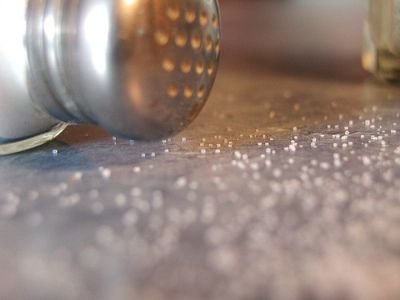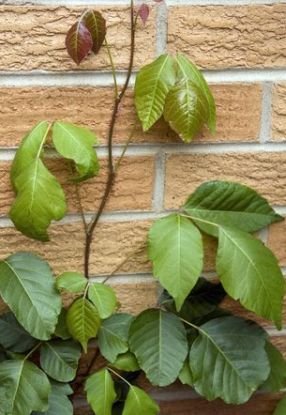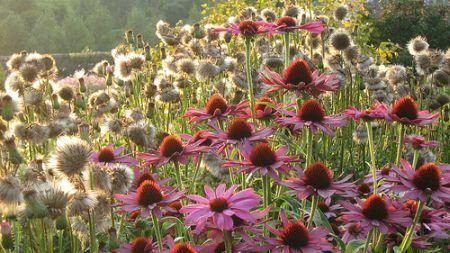Butterfly Colors


| Photo: Sanja Baljkas |
We humans see butterfly colors on wings as mosaics. These beautiful colors are made up of butterfly scales, also called setae, or hair. Each individual scale is made up of one color and the inlay of each creates a larger, surface decoration to us. Colors on the wings of butterflies can be beautiful or plain to us depending on the design on butterfly wings.
Butterflies see colors and patterns differently with their sensitive compound eyes. They see ultraviolet patterns (human's can't see) and can navigate using polarized light (light waves move one direction). Because of this, the colors humans see will translate differently to the butterfly.


| Photo: Deborah Hewitt |
Colors on the wings of butterflies are produced by a combination of pigmented colors and structural colors. Both pigmented and structural colors display hues depending on light reflection and absorption.
1) Pigmented Butterfly Colors
The major classes of chemical pigments associated with the wing colors are melanins, flavones, corontenoids, ommochromes and pterins.
The pigmented butterfly scales display a particular color because they each absorb all wavelengths of light, except for those humans see. The pigments selectively absorb wavelengths of ultraviolet and visible light.


- Melanins - A dark polymer pigment found in animals and insects, specifically hair and epidermis.
These are primarily the black and brown colors but also can be grays, tans, rusts and dull yellows.
| Photo: Xunbin Pan |
- Flavones/Flavenoids - Are organic compounds found in plants that are consumed. These are butterfly host plants for caterpillars. The colors resulting from flavones are usually yellowish tones that also absorb ultraviolet light.
- Carotenoids - Produce the red, orange to yellow butterfly colors. As with flavones, carotenoids are both animal and plant sources that are consumed.
- Ommochromes - Made up of a breakdown of amino acids, or the building blocks of protein, that help to make up the pigmented colors of the eyes of butterflies. These are found in the Nymphalidae butterfly family.
- Pterins - Amino acids and enzymes that also produce colors in butterfly wings. Pterins are found in all butterfly families, especially the Pieridae family.
Carotenoids, ommochromes and pterins have more complex wavelength-dependent absorption profiles found in structural colors. Other colors such as ivory to dark yellows are produced by these.
2) Structural Color


Other brilliant colors such as greens, blues and whites that show iridescence are not pigments. The vivid structural color is a result of selective light reflection.
The physical process is called scattering. Scattering is where light and particles move in a manner not detected by the human eye.
This is found within the structural grid of the butterfly's anatomy.
| Photo: Filip Fuxa |
Examples include:
- Reflections from small air bubbles in scales create shimmery whites.
- Brilliant blues and greens coming from their structure grid. Many Lycaenidae butterflies have iridescent blues throughout the length of scales caused from the blues running through structural veins.
As angles of the wings change from our viewing perspective, the butterfly colors change because light will pass through a transparent, multi-layered scale, reflecting it more than once. This results in multiple angles of iridescence. Another term for this is fenestration. Fenestration defined means an opening. For butterfly scales this is cellular structure within that changes wavelengths of light, including air-bubbles, which results in the shimmering wing colors. In short, scales disrupt light frequency.
Scientists were curious about the morphogens and the development of eye spots in the Nymphalidae Family. Learn more about this on the
Brushfooted Butterflies page.
|
Power & Syred state of this video: "Light microscopy of Morpho aega butterfly wingscales demonstrating a metallic iridescent colour through interference of light rather than by the presence of a blue pigment." Translation: Morpho butterfly is actually brown. |
Monika Landy-Gyebnar on video: "Butterfly scales were put under a digital microscope with halogen lamp's transmitted backlight and showed altering colours with the altering angle of the backlight... The same happens in transmitted sunlight." |
Related Articles:
-
Butterfly Wings - There is science to a butterfly flying.
- Learn more about butterfly compound eyes and how they are used: Butterfly Anatomy
Butterfly Migration
Back from Butterfly Colors to home page Easy Butterfly Garden
 Copyright © 2010-2015 Easy-Butterfly-Garden.com
Copyright © 2010-2015 Easy-Butterfly-Garden.com
Privacy Policy Disclaimer
 Print Print
|

Join Easy Butterfly Garden on Facebook
Recent Articles
-
Homemade Weed Killer
May 18, 15 09:02 AM
Homemade weed killer saves money and can be just as effective as many over the counter options.
-
Soil Testing Methods
May 18, 15 08:59 AM
A home soil test kit vs. professional soil testing methods? Both are used in testing soil pH. One gives basic information and the other details your garden soil nutrients.
-
Leaves of Three
Apr 18, 15 08:21 PM
There are many plants with leaves of three, but if they are weeds leave them alone! Poison Ivy, Poison Oak and Atlantic Poison Oak will cause most to break out in a rash if the weeds are touched.
-
Food Web
Apr 14, 15 10:08 AM
Butterflies are included in the food web. While building your garden it is important to understand what else is going on behind the scenes that can be good or cause problems.
-
Host Plants for Butterflies
Apr 03, 15 08:50 AM
This complete list of host plants for butterflies covers the most common butterflies, and also the largest family - Nymphalidae, or Brushfooted butterflies.




New! Comments
Have your say about what you just read! Leave me a comment in the box below.